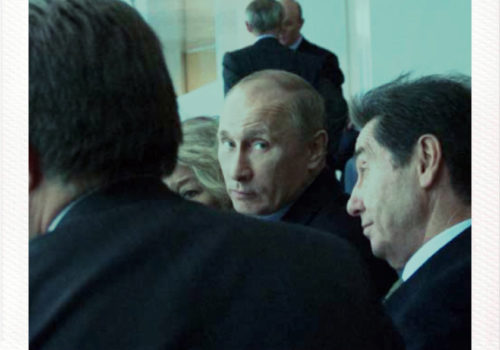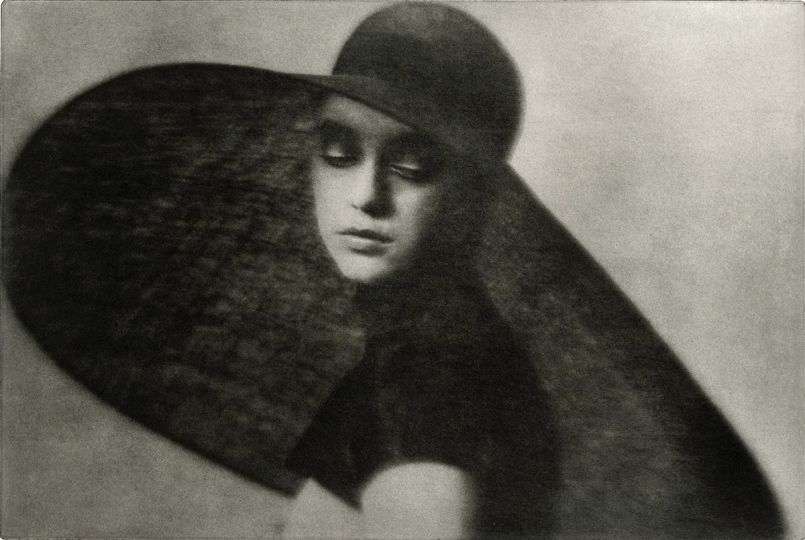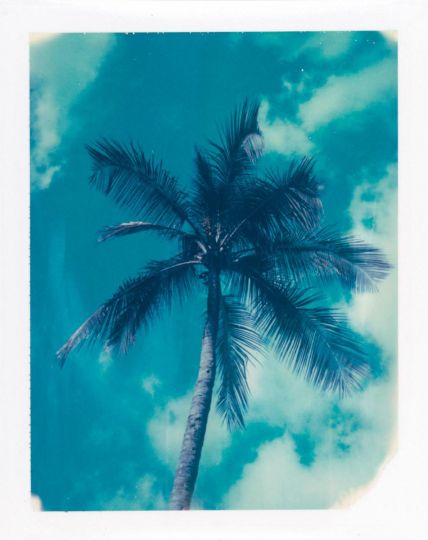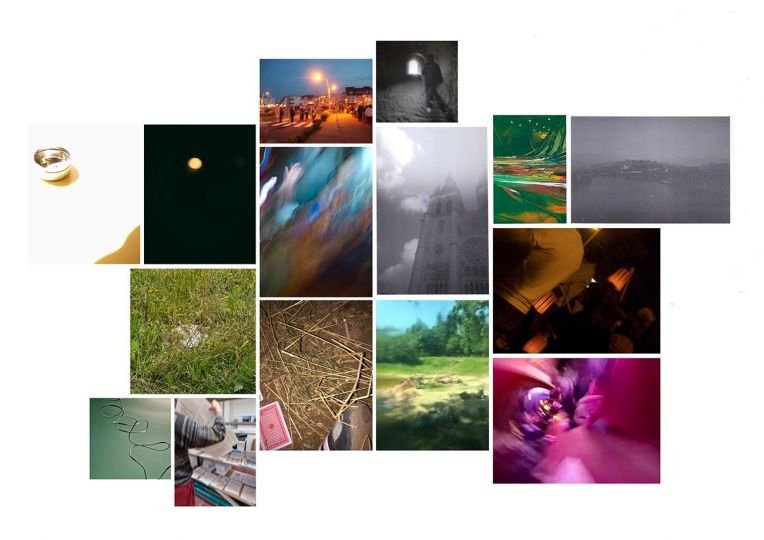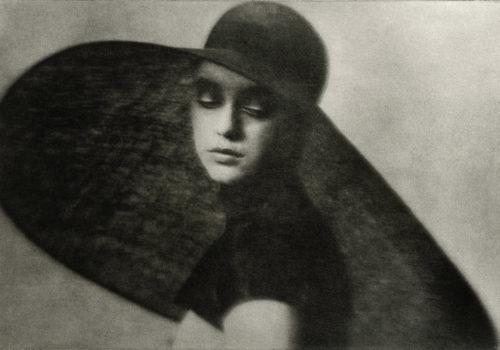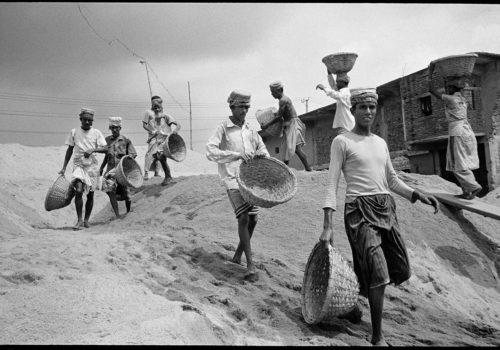We’ve seen a lot of Sochi recently. Many photographers have set out to capture the absurd political and infrastructural projects surrounding the Winter Olympics, which just opened in Russia. The games were already held in the region in 1980, but that was in the summer, in Moscow, and it was still the USSR. Now it’s 2014 and we’re in the Caucasus, near Abkhazia, Chechnya, Georgia, Karachayevsk, Krasnaya Polyana and 25 other states and microstates, some official, some not, which share the same history but no longer want to share the same territory.
Thomas Dworzak visited these new republics with a touch of cynicism and a special interest in its people. This is not a titanic inventory like Dutch photographer Rob Hornstra’s atlas. It’s a day in the life, the streets, the festivals, the downtime. This is his Russia. The same one that thousands of tourists will visit but will not see, blinded by the folklore. Fooled, like Empress Catherine II in 1787, by the cardboard Potemkin villages erected for her visit.
Dworzak knows the region well having worked there for twenty years. “I wonder where I’d go if not to Russia,” he says. “It’s the place I know best. I don’t need a translator. I understand the people naturally. It’s a little bit like home.” National Geographic commissioned him to shoot there, and the result is like a Lonely Planet for locals, a politically committed version for day-to-day life.
Placed on a map like the must-see sites in a tourist guide, each image is accompanied by a number and a caption written by William Dunbar. “007 – Stuffed bear on the Road to Lake Rista Abkhazia: getting there Abkhazia was the Soviet Riviera (8), today it is a separatist region of Georgia, scarred by war and occupied by Russian troops. It lies on the Black Sea coast just to the south of Sochi.” It goes on like that for a page and a half, with critical information that helps readers assess the situation.
The set comes in a box with a guide and 28 maps, one for each region and one for the entire Caucasus. Dworzak covered the most remote destinations, like the northeastern city of Budyonnovsk, founded by the Armenians. By combining eras and cultures, he makes resonate the power of the prejudices and the tensions among the different minorities in the former USSR that lead to the absurd fear of an attack from nearby Muslim Chechnya. “It would have been the same thing if the games were taking place in Siberia,” he says.
Humor is everywhere, even in a region colored in grey that he calls “No place.” It’s the first place on the list. Perhaps it’s where, “real snow is guaranteed,” as Putin officially announced. The Russian president took extreme measures, like during the German olympic era, of which Dworzak owns two strange photo albums filled with collectible photographs. His extravagance evokes that of an Ottoman Sultan, in the fifteenth century, who had snow delivered to him. It was transported long distances in horse-drawn carts and half of it would melt before its arrival.
Does Thomas Dworzak plan on going to the olympics? “No, why would I?” he asks. “There won’t even be snow.”
Book
Beyond Sochi
Thomas Dworzak
Editions Seriti, 1000 copies, January 2014
Print version and eBook
Exhibition
Beyond Sochi
Thomas Dworzak
Until March 6th, 2014
Pobeda gallery, Bolotnaya emb. 3 b. 4
Moscow 105120
Russia
Everyday 10am – 10pm
[email protected]
http://www.magnumphotos.com
http://www.amazon.com/Beyond-Sochi-Marie-Lan-ebook/dp/B00I0WD912/ref=sr_1_1?ie=UTF8&qid=1392051613&sr=8-1&keywords=Beyond+Sochi
http://pobedagallery.com

